by Catalogs.com Info Guru Elizabeth Sobiski
A greenhouse has much to offer gardeners.
They can get a head start on the greenhouse growing season, extend the season by weeks or months, grow fruits or vegetables out of season or raise unique and rare flowers. To find out if greenhouse gardening is right for you, consider starting with a smaller structure that is easy to maintain and relatively low cost. Here are our top ten greenhouse growing tips for small greenhouses.
10. The structure
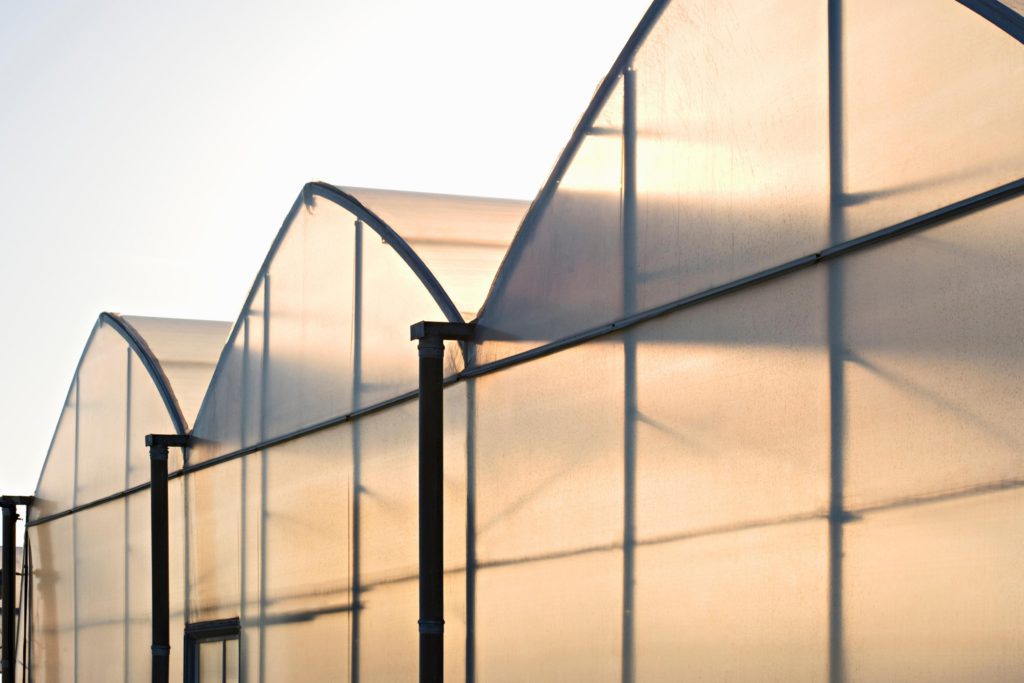
For a greenhouse, you intend to use throughout the year, choose one with a strong metal framework and tempered safety glass as the glazing. Fortunately, pre-made houses are ready to set up and often come with a ventilation system and a screen door to make it easy. For the best chance of success, choose a location that gets plenty of light and is near a water supply.
9. Extra ventilation
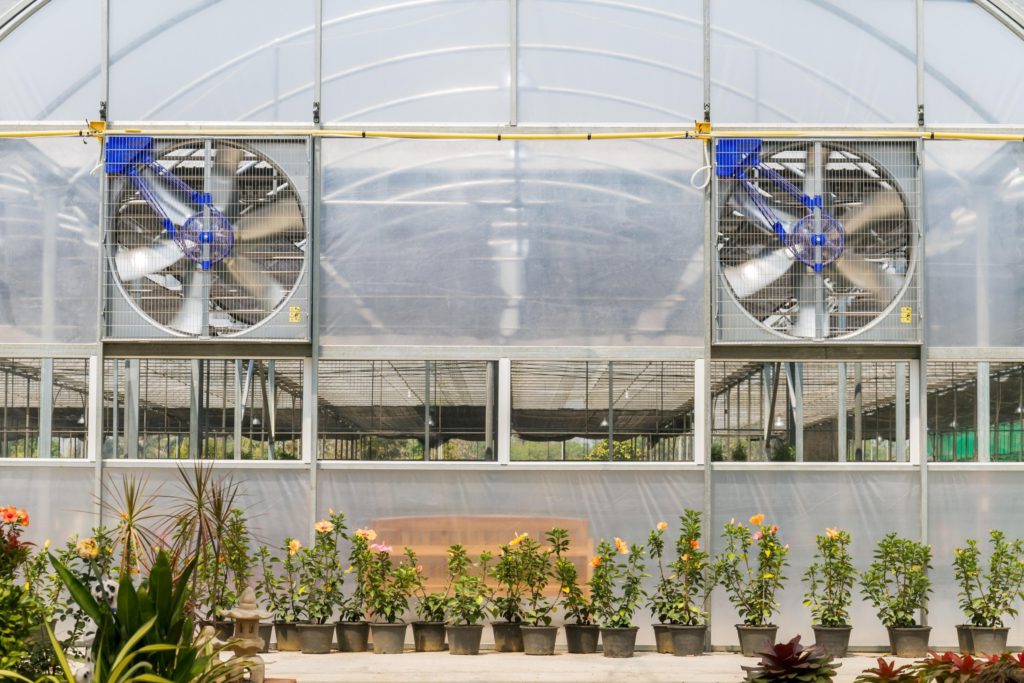
When it’s warm outside, it will be even warmer inside your greenhouse. Keep tender plants from overheating with a couple of small fans in your greenhouse. In the winter, the fans can help eliminate cold spots that lead to some plant diseases. Clip-on-style fans that use batteries are a great choice for a basic greenhouse.
8. Work/growing benches
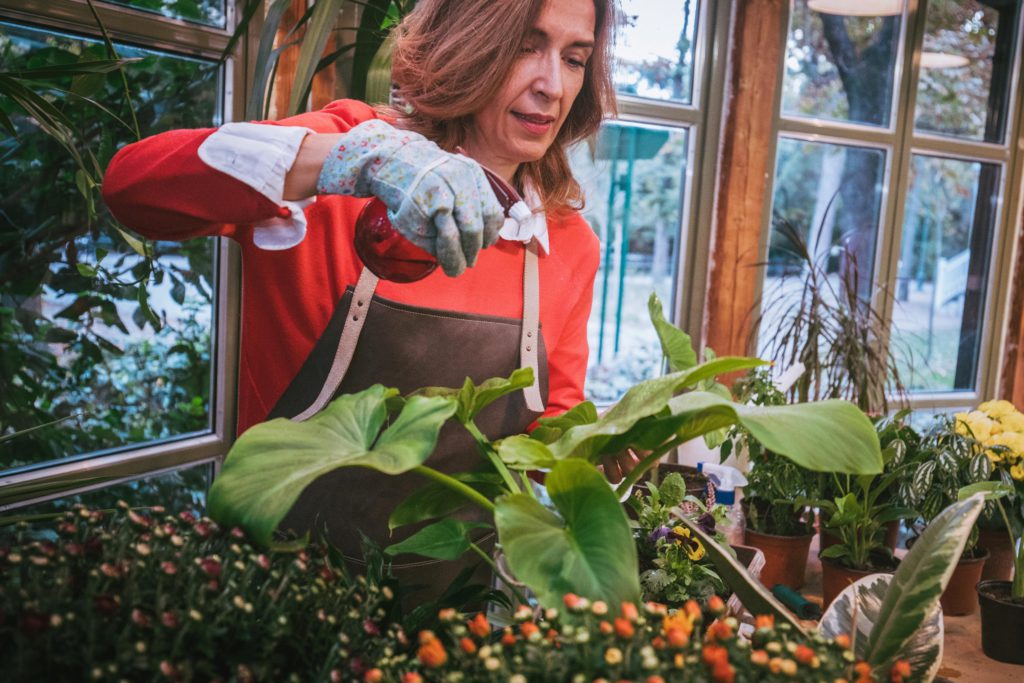
Set up tables or workbenches near the walls of your greenhouse. They don’t have to be very deep, just enough to hold seedlings, potted plants, or give you space to work. If you’re lucky, you might find discounted kitchen counters at home improvement stores. Place them on sawhorses or build a basic framework to support them at a workable height.
7. Plant pots and frames
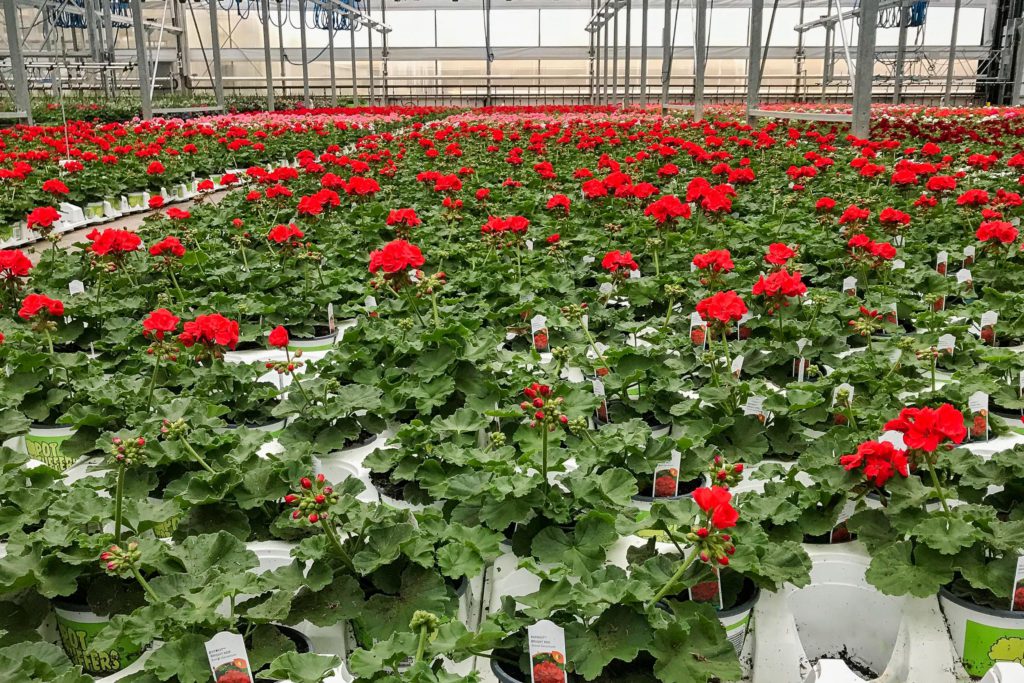
In order to bring all your seeds into fruition, they will need a home to grow in. Flats are a few inches deep and can be any size you want. They are perfect for shallower greenhouse growing plants, such as lettuces or herbs. Deeper pots are perfect for root vegetables and small trees. Just remember to keep track of what you’ve planted by labeling the pots or frames.
6. Seed selection
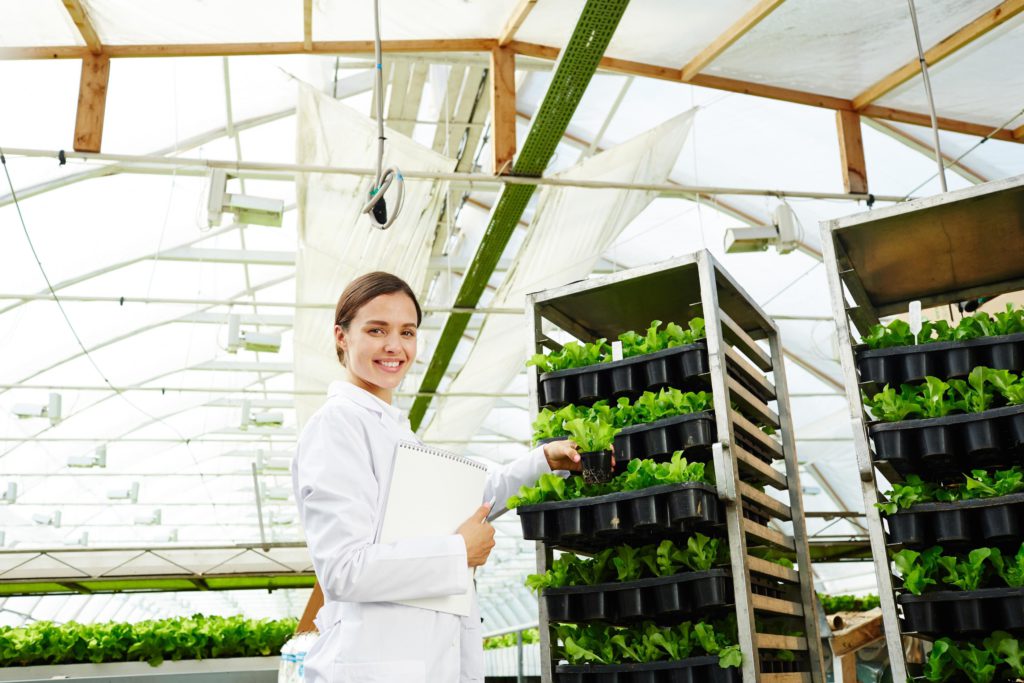
Choose seeds that you enjoy. If you love beets, take advantage of the greenhouse and grow a rainbow of beets to enjoy throughout the year. For fresh salads, grow different types of kale and lettuce to bring variety to the salad bowl. Want to have cut flowers readily available? Grow daisies, cosmos, petunias, or snapdragons.
5. Trees
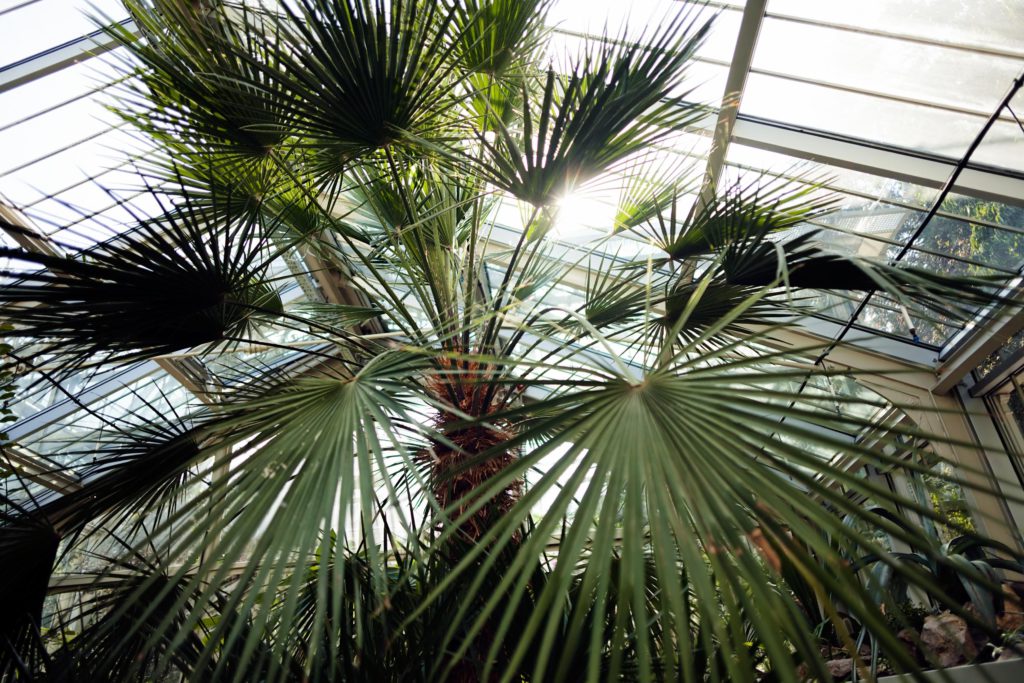
Leave space in your greenhouse for dwarf trees. With trees such as apple, pear, or peach, you’ll have a bounty of fresh fruit. Other options include ornamentals like palm, fichus, or olive trees. If your indoor trees need a place to move to in the winter, the greenhouse will keep them warm and protected until you’re ready to display them inside again.
4. Storage
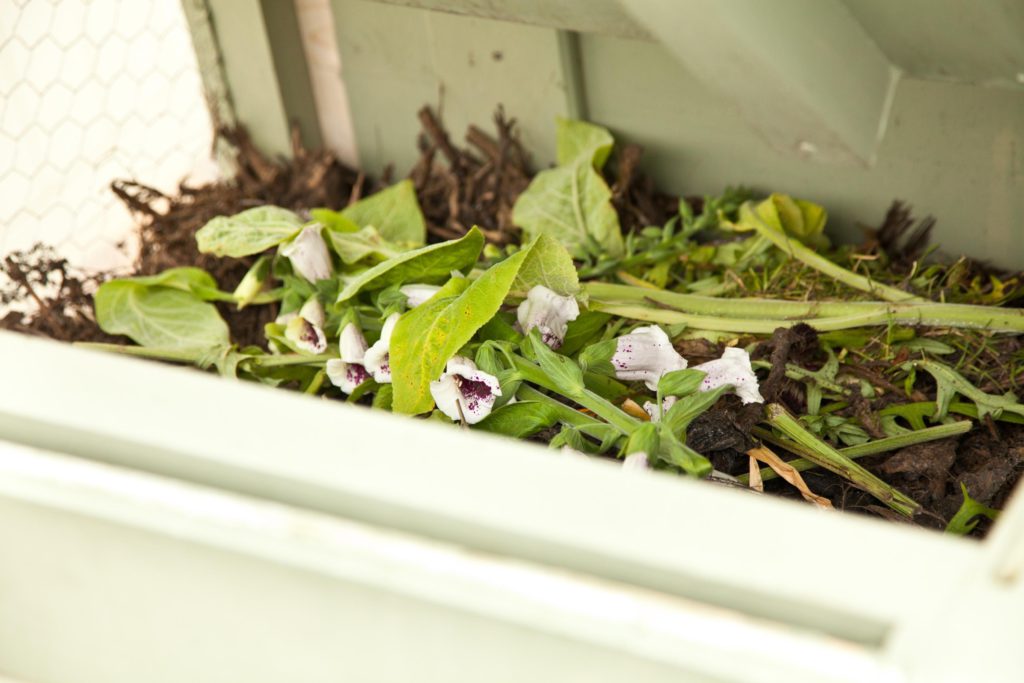
Keep your greenhouse tidy by having plenty of storage options. Shelves under your worktops provide a place for unused pots or seed starting trays. A small cabinet is a perfect place to keep cleaning supplies, bags of dirt, tools, and watering cans. For those who have a hose in their greenhouse, use a hose butler or stand to keep it neatly coiled when not in use.
3. Write it down
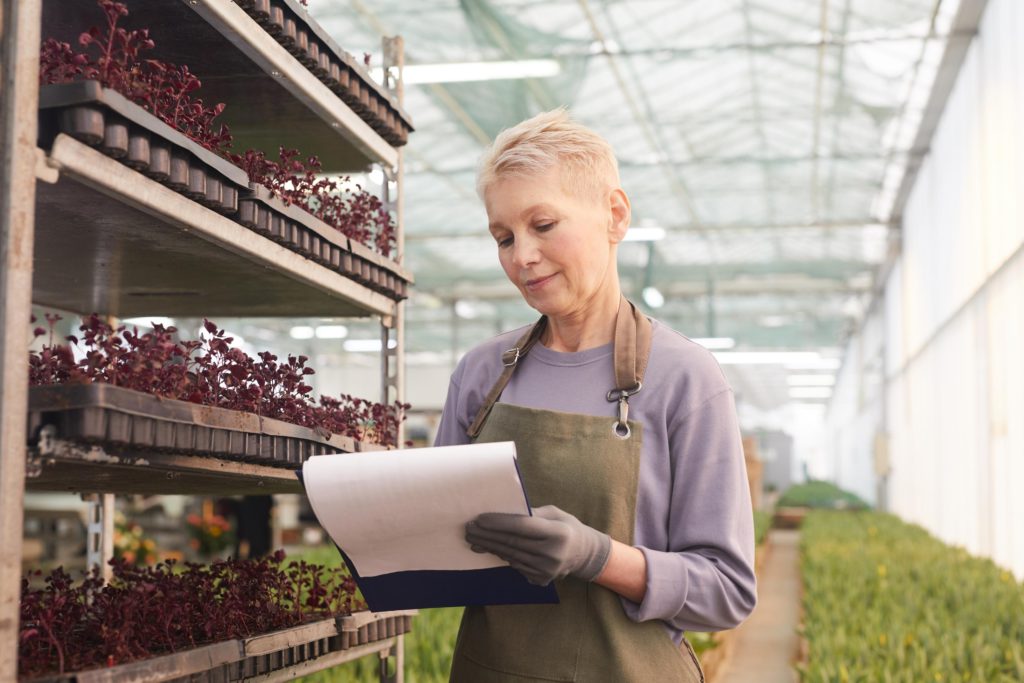
Keep track of daily high and low temperatures, seeds planted, and how they were started. You can also make notes of how long it took them to germinate and to bear flowers or fruit. Good records will keep track of the plantings that did well, those that struggled and help you decide what to grow in the future.
2. Keep pests away
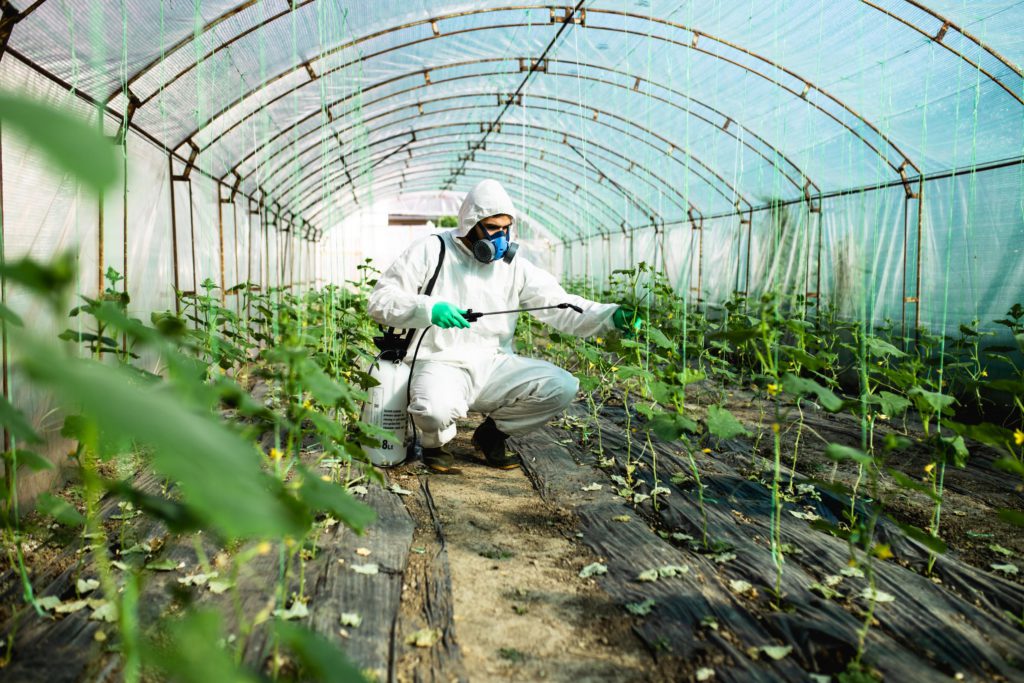
Many gardeners use their greenhouses to grow organically. The simplest way to keep pests out of your greenhouse is to not bring in plants that have been living outside. While these plants are resistant to many pests and diseases, they easily bring these unwanted visitors into the greenhouse and infect plants without immunity. Resist the temptation to winter your outdoor plants – or those of friends – inside your greenhouse.
1. Made in the shade
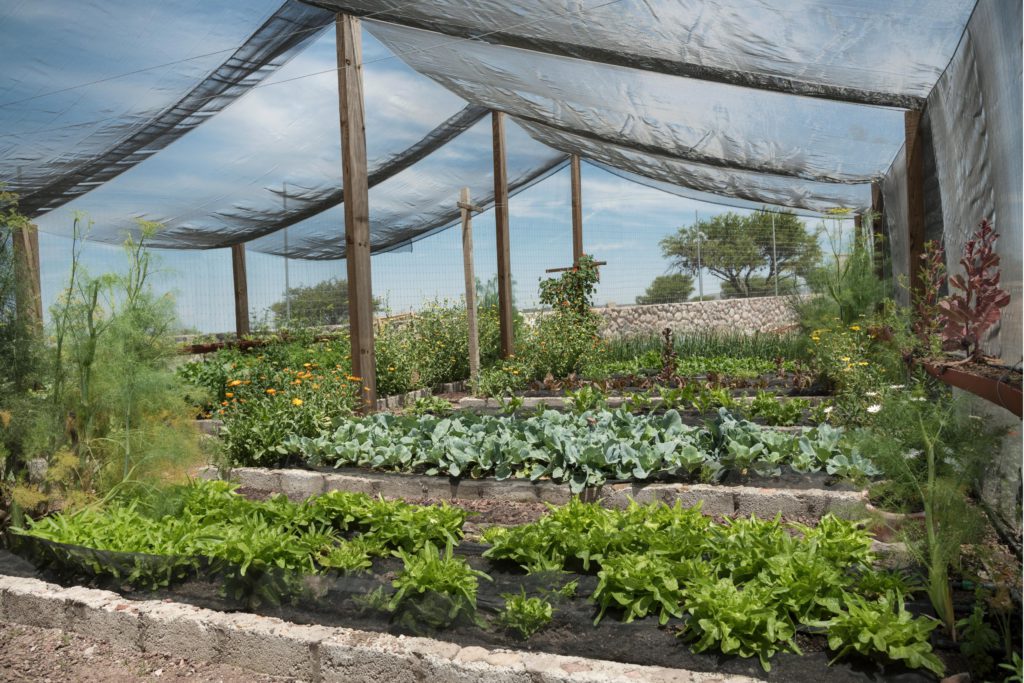
During the peak of summer, a greenhouse can become far too warm and bright for your plants. A removable shade solves this problem by blocking up to more than half the light coming through the windows. The shade will also lower the strain on your ventilation system – even if it’s a matter of fans and open windows. Need shade in only one area of your greenhouse? No problem, use a shade kit that can be cut to any size. Another option is liquid shade. When applied to the windows, it dries white and blocks the sun. When it rains, the liquid shade turns clear to let all the light through for healthy plants.

